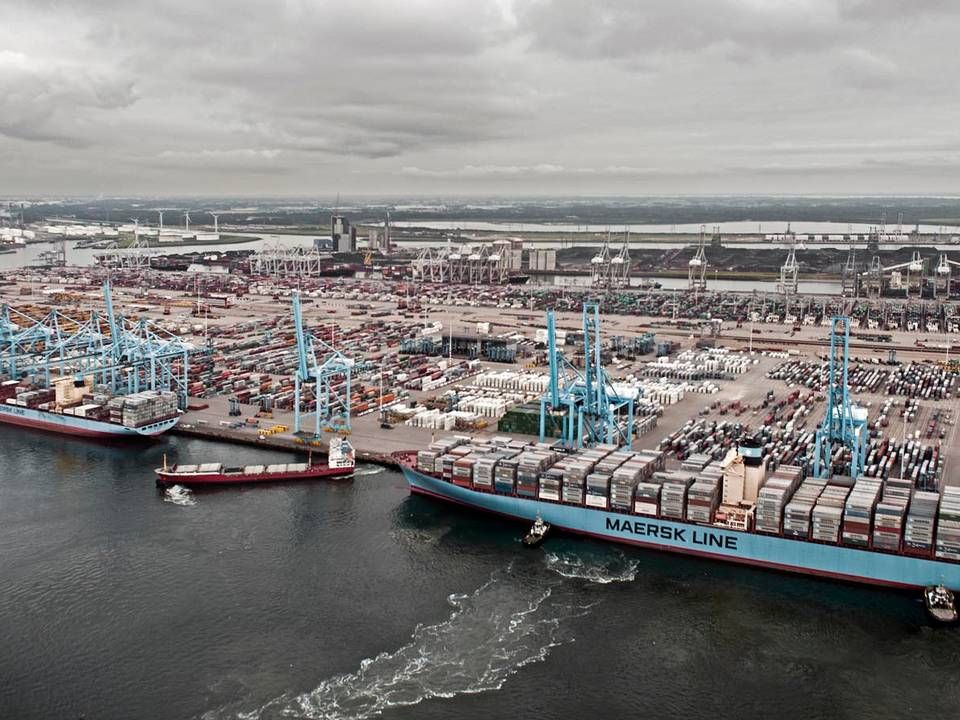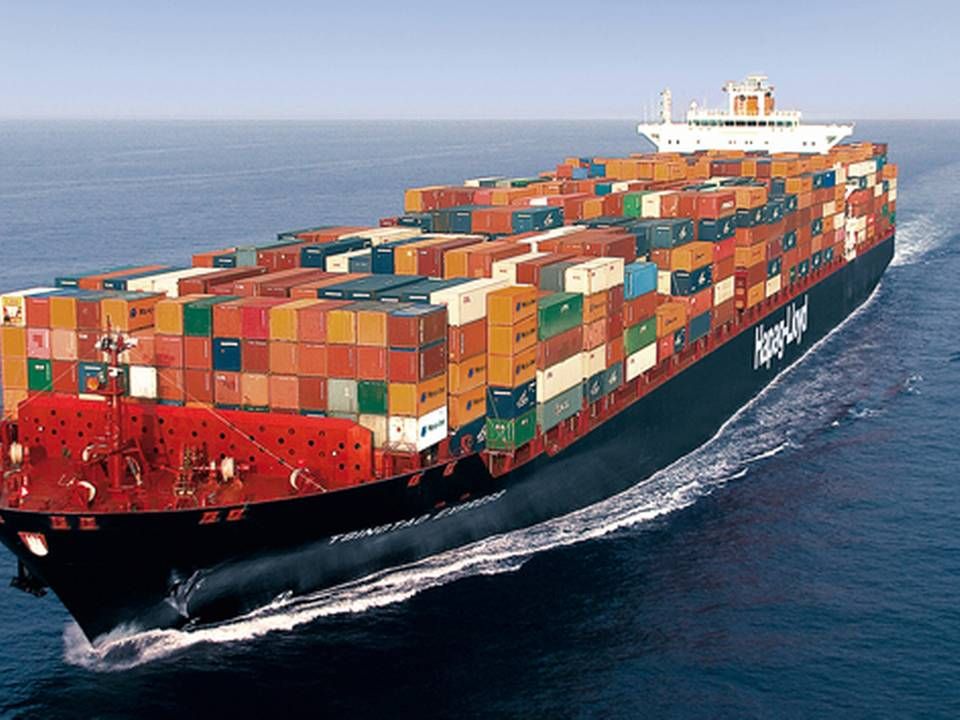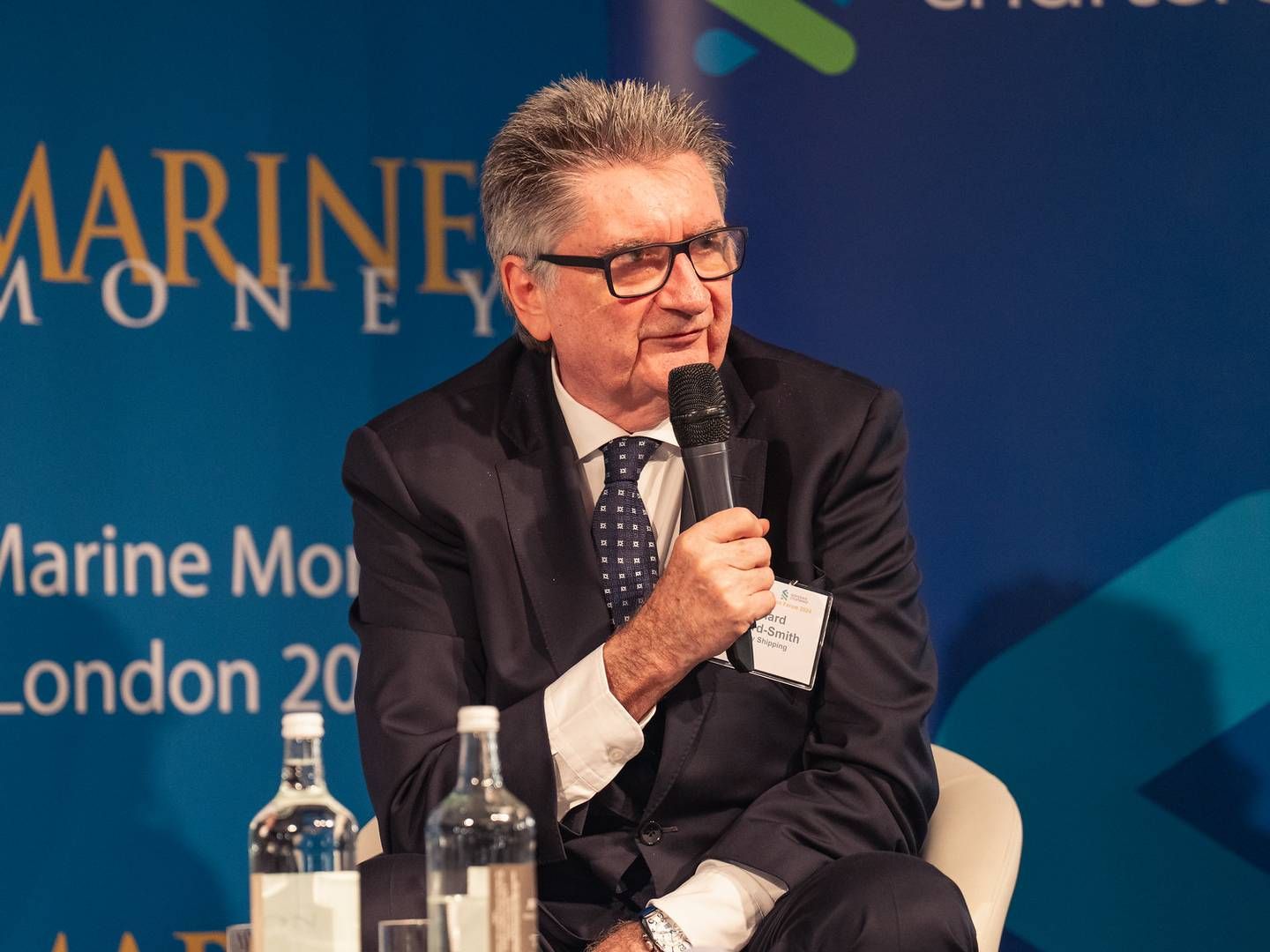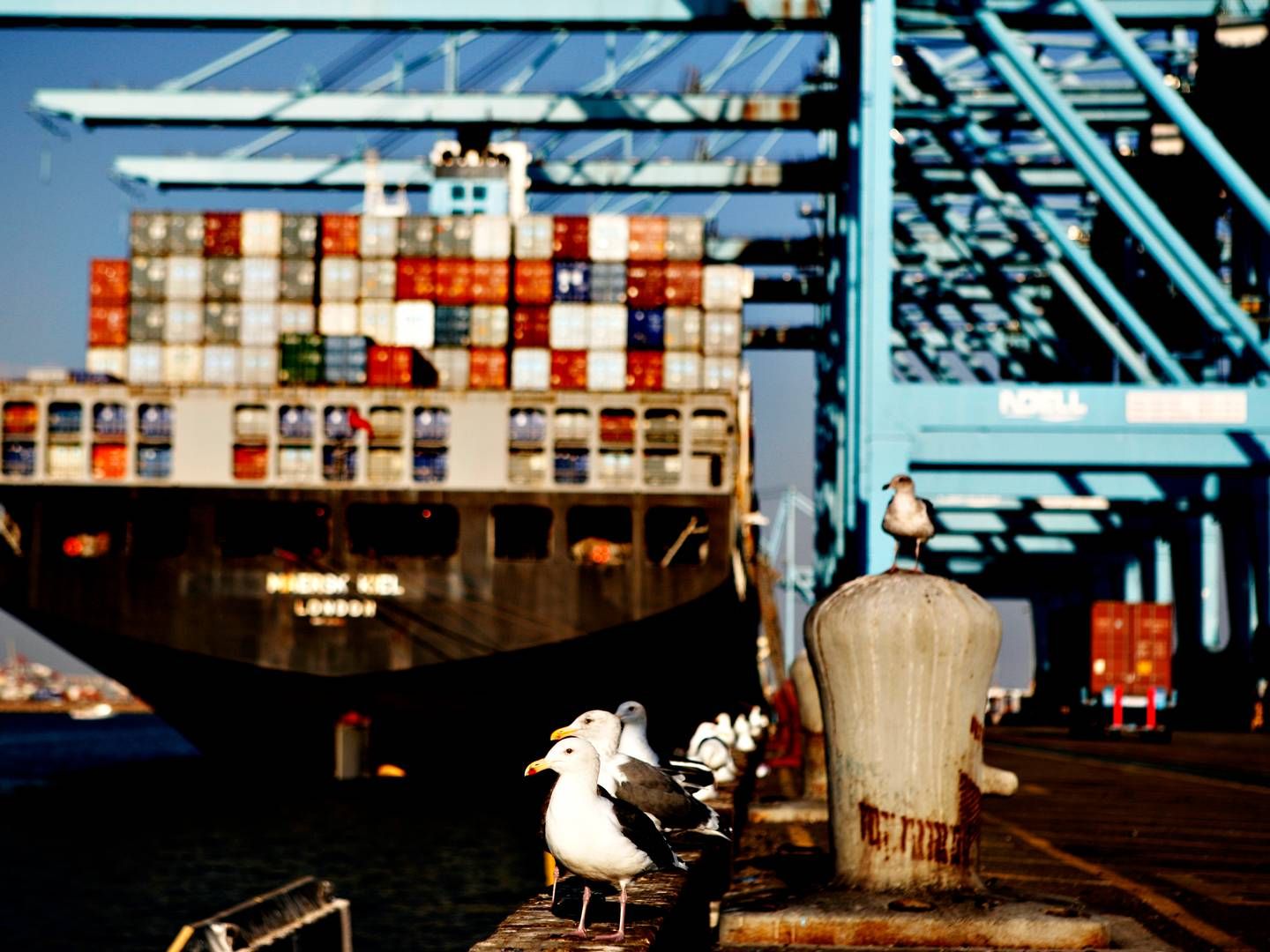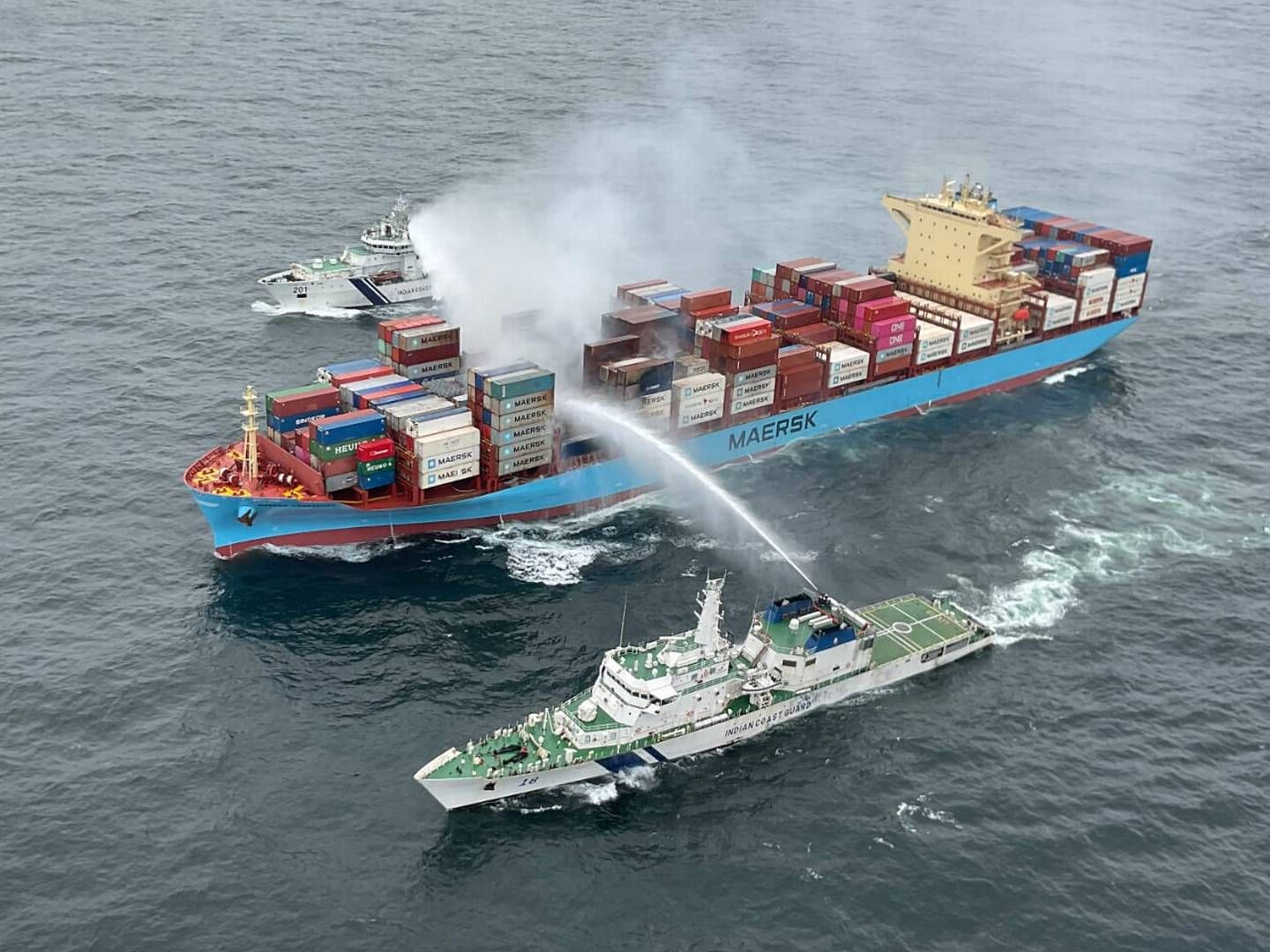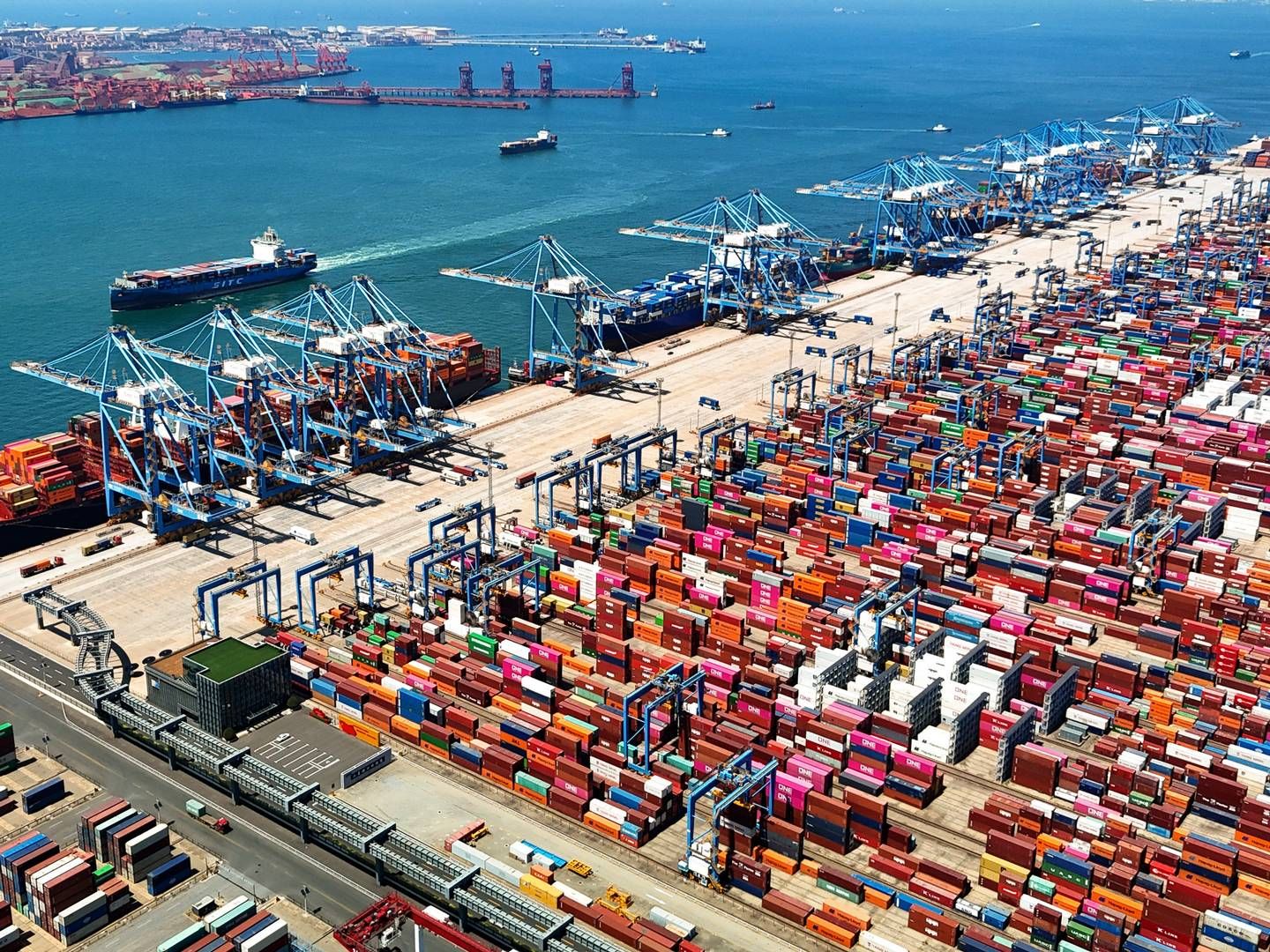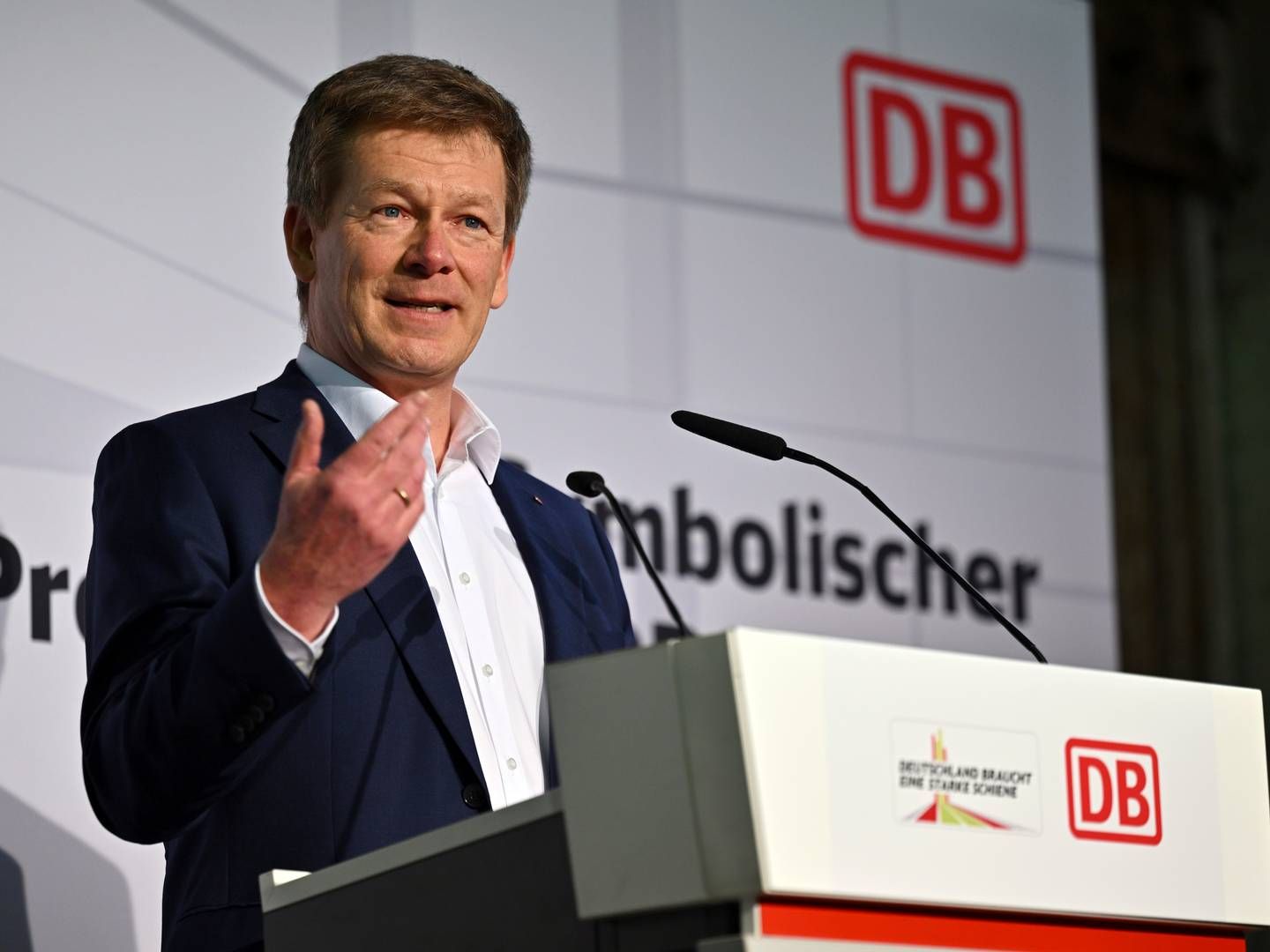Analysis: Carriers missing out on large bunker savings
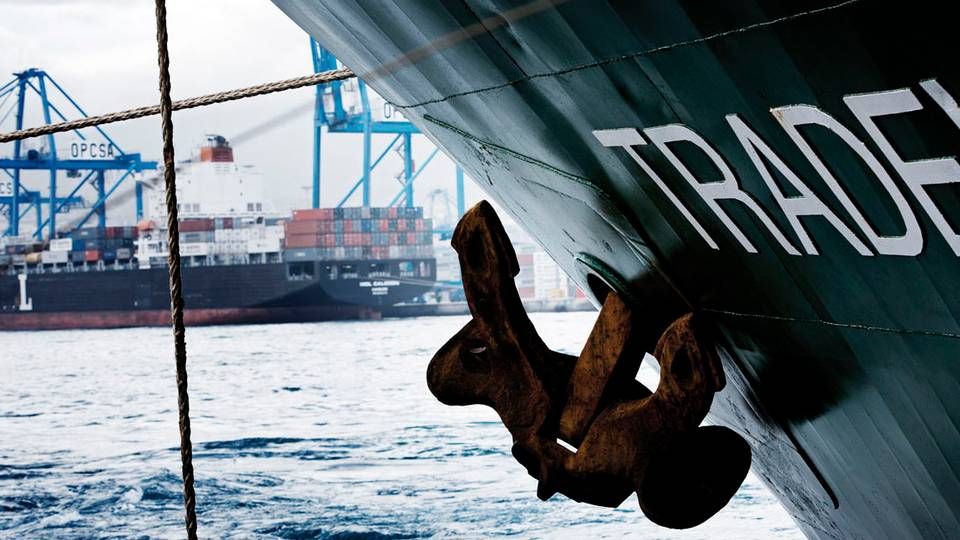
Carriers are missing on major savings on their bunker consumption, according to a new report by DNV GL, which in 'Energy Management Study 2014' has examined how shipowners handle the many requirements and regulations that have been imposed on the industry in recent years.
Today, all ships are required to carry a plan on board to help control fuel consumption on the ship. The so-called Ship Energy Efficiency Management Plan (SEEMP), introduced by the IMO in January 2013. At all companies that DNV GL has spoken to, management has its eyes set on energy savings, but even though it has now been more than a year and a half since the rules came into force, only a very small number of carriers have managed to really start the process. And this means that the carriers are missing out on potentially huge savings:
"Many shipping companies have realised first savings, but only a few have succeeded in realising savings above 10 percent. The achieved 1-3 percent in fuel savings in the majority of shipping companies reflect their only moderate success in lowering their consumption in the first year after implementing the SEEMP," says the report:
"With industry leaders claiming 10 percent or more in fuel savings, significant saving potential remains untouched."
SeaIntel: Carriers to secure big savings from the Nicaragua Canal
For the carriers that have yet to invest in energy efficient ships or efficient operations, it will become crucial to increase the efforts to reduce fuel consumption, one of the most important competitive parameters in the business, with new ships using 20-30 percent less bunker.
85 shipowners, brokers and operators have participated in the report, representing more than 2,000 ships. 46 percent of these say that managing energy consumption ranks among their top priorities. Not just because of savings, but also because it affects the company's market position and can lead to improved charter rates, as customers are demanding environmental ships. The increased requirements for shipping, such as lower sulphur emissions and more energy efficient ships (EEID) of course also play a part in the carriers' conversion, according to 74 percent of the participants.
Winners and losers
Even though these matters play a part in all the carriers, a majority of them have yet to formulate specific targets, says DNV GL. Companies with set targets aim to reduce their bunker consumption by an average of 2-3 percent per year.
"(...) the majority of the shipping industry needs to challenge its existing approach. The next year or two will determine who is willing and/or able to master energy management and turn it into a competitive advantage, and who will struggle to remain competitive. Companies which invest in holistic energy management concepts will be the ones shaping the market. Those who do not invest in energy management are going to face a challenging future," says DNV GL.
Analysis: Maintenance does not always pay
Huge difference in container carriers' bunker consumption
Related articles
Analysis: Maintenance does not always pay
For subscribers
E.R. Schiffahrt chasing fuel savings
For subscribers
Huge difference in container carriers' bunker consumption
For subscribers


